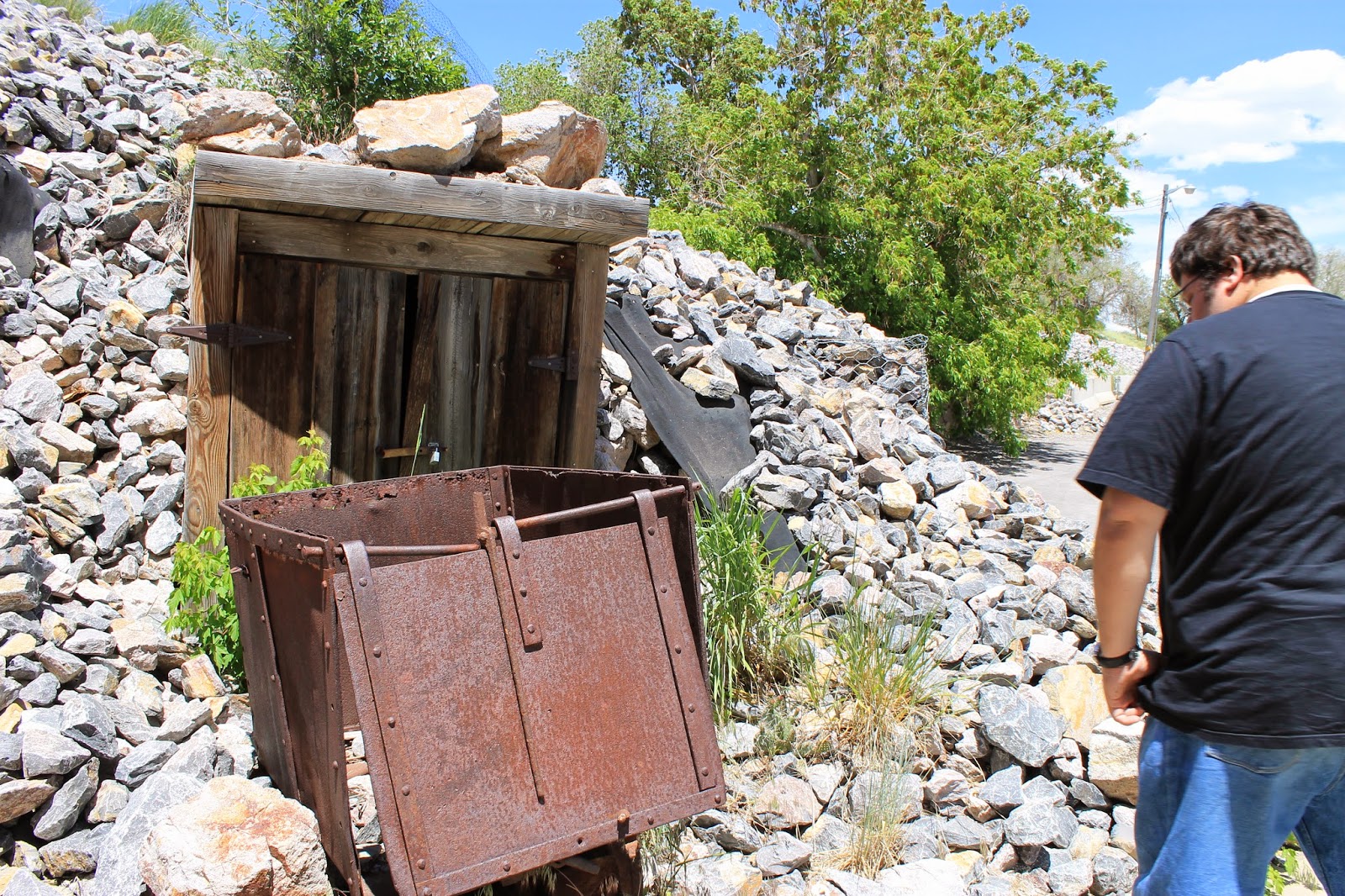Mohrland is still on the map in Emery County. This company
town was named after the initials of the Castle Valley Fuel Company's
big investors: Mays, Orem, Heiner, and Rice. It was first mined in 1906.
The town grew through the company's financial problems. At its peak,
Mohrland has a hospital, company boarding house, school, post office, saloons,
Errol Charlestrom's Wasatch Store, a large amusement hall and over 200
homes.
The Western Mining and Railroad Museum has great pictures of Mohrland in its day.
In 1915 ownership of the coal mine was transferred to the
United States Fuel Company. The company town was a nice place to live.
The streets were lined with shade trees. Dances, films and events were
regularly scheduled. The company baseball team was really good. In 1915
they played an exhibition game at Price against the Chicago White Sox!
(They lost 17 to 1.)
On March 1, 1925 the town was suddenly
closed. No warning. As a company town with residents who bought their
groceries with company credits and the store, there was suddenly no
money and no food. Mohrland reopened just as suddenly in September 1926.
The town never recovered from the shock of the 1925 closure. In 1930
the population was 620 and the Great Depression was a bad time to be in
coal production. Mohrland was closed and mining operations were moved to
nearby Hiawatha. The buildings were sold for salvage. Few shadows remain
of this old mining town.
 |
| Abandoned Railroad |
 |
| Up the hill a little is a ghost of where an old railroad used to be |
 |
| Top of the ghost track looking south east |
 |
| Looking West. Look at photo 7-1-10. The train track is below. This is near the old mine tipple. |
 |
| Looking East |
 |
| Remains of the coal mine? |
 |
| Looking up at the ghost track from the creek below (by the newer railroad) |
 |
| My husband admiring the rust and ties. Looking north. |
 |
| Rock fall with lots of nails and rust! |
 |
| From the river on the South side of the street looking at the abandoned railroad |
 |
| Three tier. Old homes? Soon to be buried. |
 |
| What's left of the Mohrland School |
 |
| West of the amusement hall. Not sure what this was. |
Bibliography: Geary, Edward A (January 1996).
A History of Emery County (PDF). Utah Centennial County History Series. Salt Lake City, Utah: Utah State Historical Society. ISBN 0-913738-05-0
















































